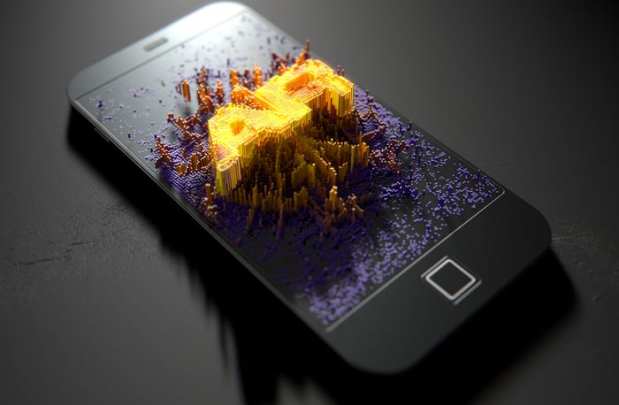Target And Other Retailers Give Augmented Reality A Deeper Look

Augmented reality (AR) is getting a new look in retail – with one of the most recent developments coming from Target.
According to Mobile-Ar.Reality.News, the chain “has been on a bit of an augmented reality advertising shopping spree via Snapchat lately. The latest example, revealed on Tuesday (Oct. 15), comes via a pair of Halloween-themed experiences, available in the camera carousel in Snapchat.” As the report notes, this AR advertising effort follows a similar push on Snapchat over the summer, “a shopping mini-game that challenged users to catch home goods and seasonal products in their cart by tilting their heads.”
The example from Target stands as only the latest AR push in the area of commerce. News recently emerged that Apple is working with third-party brands to launch augmented reality glasses in the first half of 2020. AR glasses present digital information as if it exists in reality. Microsoft and Google already released their own versions, but they have yet to catch on. Changying Precision will be Apple’s main chassis supplier for the head-mounted AR product, MacRumors reported.
Paint With AR
AR is also getting more prominent in the area of arts and crafts.
Americans spend quite a bit of money each year attempting to be artistic. The combined revenue of America’s two largest arts and crafts shops, Hobby Lobby and Joanne’s, came in at over $7 billion in 2018 alone. Some of those consumers are knitting, sewing and painting, while others are making incredibly elaborate structures out of popsicle sticks – but all of those billions of dollars were spent by two kinds of people: those looking for a creative outlet for themselves and parents who were dragooned into helping with a school project.
That’s an opportunity for a company called Cupixel, which is leveraging augmented reality (AR) into an app to help would-be creators.
The company matches the AR in the app with a $70 kit they began selling over the summer via the Home Shopping Network. The kit is sort of an “artist in a box” setup, which comes with custom canvases, pencils, paint, brushes and frames – everything customers need to create 9” x 9” pieces of artwork.
The customer can either upload a photo of their own or pick one from Cupixel’s online gallery. The software then recreates the picture into a sketchable image. On the phone or tablet screen, the chosen image is divided into nine squares that correspond with the nine canvas tiles provided with the kit. By using the device’s camera, the artist can see the image they are creating laid out over the canvas, and can then follow the lines with pencils and brushes.
At the end of the experience, the paint puts the nine tiles together – and a masterpiece is born.
Store AR
When it comes to AR, you can count on more efforts in the new decade thanks to the fledgling deployments of 5G mobile network technology.
“Retailers like to vaunt their forays into augmented and virtual reality, but current 4G connectivity isn’t fast enough to scale these capabilities to all mobile users,” is how one recent analysis puts it. “Many AR experiments are still considered proof of concept, but standardizing 5G will undoubtedly accelerate the mainstreaming of connected retail.”
The focus of a good deal of those AR efforts will no doubt come down to the omnichannel experience – that is, augmenting, if you will, the in-story experience for digital- and mobile-minded consumers.
“Above all, in-store AR adds a visual context to the purchasing experience,” the analysis states. “A customer can hover their smartphone over a product and see product information such as ingredients, ratings and instructions projected onto their screen.”
Expect much more AR innovation in the decade to come.